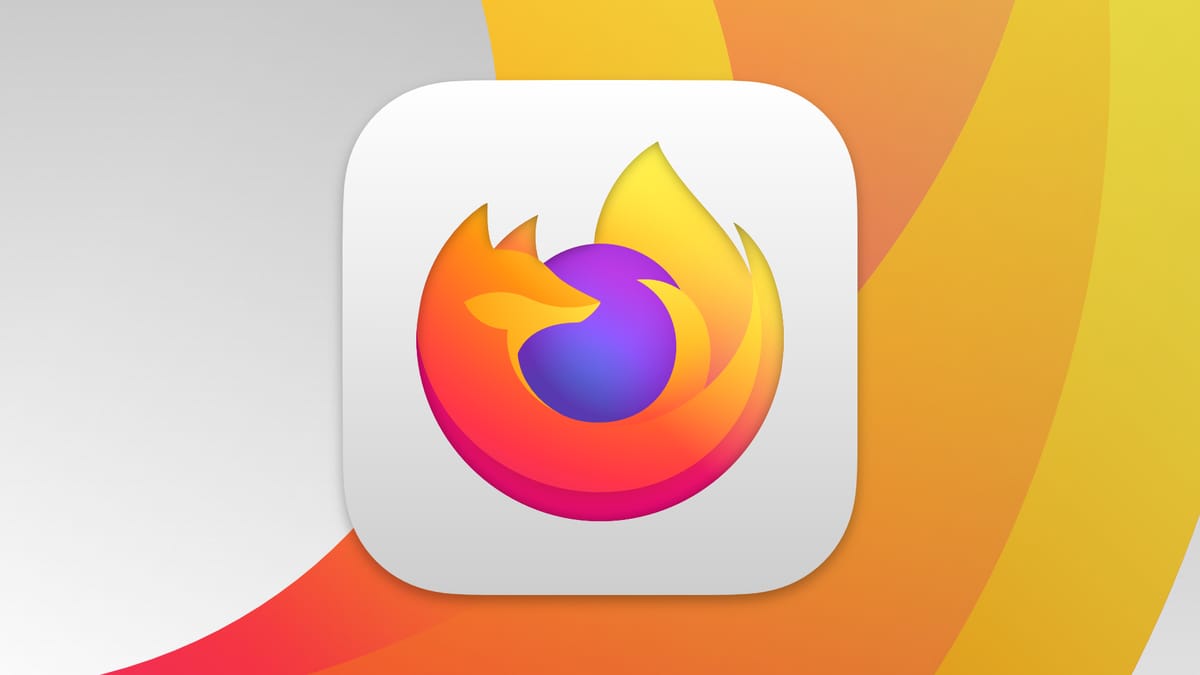Mozilla Finally Delivers WebGPU Support in Firefox 141, Closing the Performance Gap
Mozilla has officially shipped WebGPU support in Firefox 141, marking a significant milestone in web browser performance capabilities. This long-awaited feature brings Firefox in line with Chrome, which launched WebGPU support in May 2023, and represents a crucial step forward for high-performance web applications, gaming, and machine learning directly in the browser.
What is WebGPU and Why Does It Matter?
WebGPU is a modern web standard that provides low-level access to graphics processing units (GPUs) directly from web browsers. Unlike its predecessor WebGL, which was based on OpenGL ES, WebGPU is built on modern graphics APIs like Vulkan, Metal, and Direct3D 12, offering significantly better performance and more efficient resource utilization.
The technology enables developers to create applications that can harness the full power of modern graphics hardware without requiring users to install additional software. This opens up possibilities for sophisticated 3D graphics, complex simulations, cryptocurrency mining, AI model inference, and intensive computational tasks that were previously limited to native applications.
The Chrome Advantage: A Year-Long Head Start
Google Chrome's early adoption of WebGPU in May 2023 gave web developers and users access to these advanced capabilities for over a year before Firefox caught up. This head start allowed Chrome to establish itself as the go-to browser for WebGPU-powered applications and gave developers confidence to build projects knowing Chrome users could access them.
During this period, several high-profile WebGPU applications emerged, including:
- Advanced 3D visualization tools for scientific research
- Browser-based video editing applications with GPU acceleration
- Machine learning demos running large language models directly in the browser
- Next-generation web games with console-quality graphics
Firefox's Implementation: Better Late Than Never
Firefox 141's WebGPU implementation comes with several notable features that distinguish it from Chrome's approach. Mozilla has emphasized security and privacy considerations, implementing additional sandboxing measures to prevent potential GPU-based attacks and ensuring that WebGPU access doesn't compromise user privacy.
The Firefox team has also focused on cross-platform compatibility, ensuring that WebGPU works consistently across Windows, macOS, and Linux systems. This comprehensive approach, while taking longer to develop, provides a more robust foundation for future WebGPU applications.
Performance Implications for Web Development
The arrival of WebGPU in Firefox creates new opportunities for web developers who can now target a broader audience with GPU-accelerated applications. Early benchmarks suggest that WebGPU applications in Firefox 141 perform comparably to those in Chrome, with some specific use cases showing slight advantages depending on the underlying hardware and operating system.
For developers who have been hesitant to adopt WebGPU due to limited browser support, Firefox's implementation represents a tipping point. With both major browser engines now supporting the standard, WebGPU applications can reach the vast majority of desktop users.
The Road Ahead
Mozilla's WebGPU implementation is particularly significant for the broader web ecosystem. With Firefox joining Chrome in supporting this standard, other browser vendors are likely to accelerate their own WebGPU development. Microsoft Edge, being Chromium-based, already supports WebGPU through Chrome's implementation, while Safari's WebKit team has been working on their own version.
The standardization of WebGPU across major browsers signals a new era for web applications, where the performance gap between native and web-based software continues to narrow. This development is particularly important for emerging technologies like WebAssembly-based applications and client-side AI inference.
Conclusion: A More Powerful Web for Everyone
Mozilla's delivery of WebGPU in Firefox 141 represents more than just catching up to Chrome—it signals the maturation of high-performance web standards. While Firefox may have arrived later to the WebGPU party, their implementation brings additional security considerations and cross-platform consistency that benefit the entire web ecosystem.
For developers, this means it's finally time to seriously consider WebGPU for production applications. For users, it means access to more powerful, responsive web applications regardless of their browser choice. The web just got significantly more capable, and both developers and users stand to benefit from this long-awaited convergence of browser capabilities.
